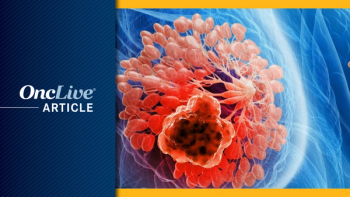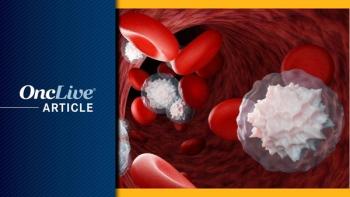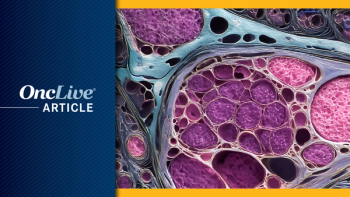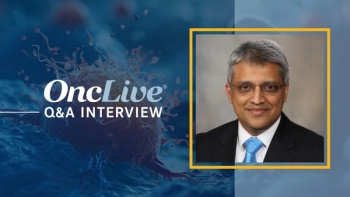
Emavusertib Is Active in Heavily Pretreated AML and High-Risk MDS With Targeted Mutations
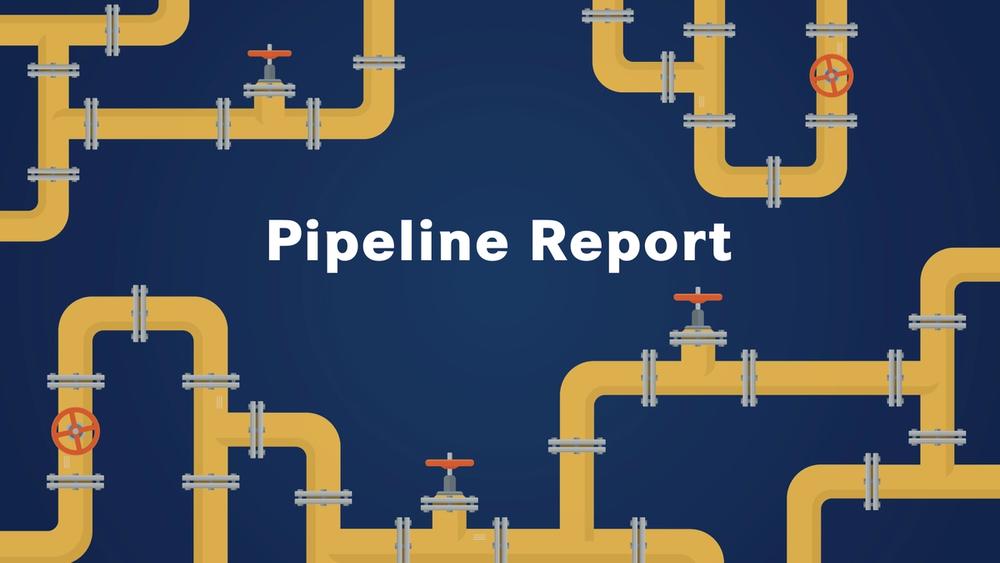
Emavusertib elicited antitumor activity when given as a monotherapy in patients with relapsed/refractory acute myeloid leukemia or high-risk myelodysplastic syndrome that harbored a spliceosome or FLT3 mutation.
Emavusertib (CA-4948) elicited antitumor activity when given as a monotherapy in patients with relapsed/refractory acute myeloid leukemia (AML) or high-risk myelodysplastic syndrome (HR-MDS) that harbored a spliceosome or FLT3 mutation, according to findings from the phase 1/2 TakeAim trial (NCT04278768) presented during the 2022 EHA Congress.1
The results showed a complete response (CR)/complete hematologic response (CRh) rate of 40% (n = 2/5) in patients with AML and spliceosome mutations, an objective response rate of 57% (n = 4/7) in patients with HR-MDS and spliceosome mutations, and a CR/CRh rate of 33% (n = 1/3) in patients with FLT3-mutant AML.
“Emavusertib demonstrated oral, single-agent anticancer activity in patients with heavily pretreated AML and HR-MDS with U2AF1, SF3B1, or FLT3 targeted mutations [and is a] potential candidate for use in combination therapy for all patients with AML/HR-MDS, including those without a targeted mutation,” lead study author Guillermo Garcia-Manero, MD, of The University of Texas MD Anderson Cancer Center, and coauthors, said in a presentation on the data.
Emavusertib is a selective, reversible, ATP-competitive, type 1, small molecule IRAK4 inhibitor with potential antileukemic activity. The compound is orally bioavailable and has moderate plasma binding; stability in plasma, liver microsomes, and hepatocytes; and rapid absorption and clearance. Moreover, the agent can target splicing mutations and FLT3 mutations and has demonstrated potential synergy with other drugs.
In preclinical models, emavusertib demonstrated a reduction in leukemic blasts as monotherapy in patient-derived xenografts and synergy when used in combination with azacitidine and venetoclax (Venclexta) in THP-1 models.
TakeAim is an open-label, single-arm, dose-escalation and -expansion study that employed a 3+3 design. On
Notably, the partial clinical hold the FDA placed on the trial in April 2022 remains in effect for the phase 1b portion of the trial, which is investigating emavusertib in combination with azacitidine or venetoclax. The phase 2a dose-expansion portion of the trial also remains under partial hold until phase 1a is complete and the FDA grants approval to proceed to the next phase.4
To be eligible for enrollment, patients had to have relapsed/refractory AML or high-risk MDS, an ECOG performance status of 2 or lower, and be at least 18 years of age.
Study treatment was administered twice daily in 28-day cycles.
The primary study objective was to determine the maximum-tolerated dose and recommended phase 2 dose of the treatment regimen. The secondary objective included the evaluation of pharmacokinetic activity and preliminary efficacy of the therapy.
The following 4 doses of emavusertib were evaluated in the escalation phase: 200 mg (n = 3), 300 mg (n = 26), 400 mg (n = 17), and 500 mg (n = 3). The dose of 300 mg was selected for the dose-expansion phase.
A total of 49 patients received treatment and all were evaluable for safety; 29 of these patients did not have targeted mutations. A total of 14 patients with a targeted mutation were evaluable for efficacy and included those with an AML spliceosome mutation (n = 6), an MDS spliceosome mutation (n = 7), and an AML FLT3 mutation (n = 3).
Baseline characteristics indicated that the median patient age was 74 years (range, 32-87) and most patients were male (n = 33; 67%) and had an ECOG performance status of 1 (n = 30). The median platelet count was 30 x 103/mm3 (range, 4-275), the median absolute neutrophil count was 0.64 x 103/mm3 (range, 0-14.75), and the median number of prior therapies received was 2 (range, 1-5).
Findings from the safety analysis demonstrated that no dose-limiting toxicity occurred in the 200-mg to 400-mg dose levels in the dose-escalation phase. The rates of grade 3 or greater treatment-related adverse effects (TRAEs) in the 200-mg, 300-mg, 400-mg, and 500-mg dose levels were 33.3% (n = 1), 23.1% (n = 6), 35.3% (n = 6), and 66.7% (n = 2), respectively.
Grade 3 or higher TRAEs included increased alanine aminotransferase (200 mg, 33.3%), increased blood creatinine phosphokinase (300 mg, 3.8%), dizziness (200 mg, 33.3%), dyspnea (400 mg, 5.9%), Enterobacter infection (400 mg, 5.9%), fatigue (400 mg, 5.9%), gastrointestinal hemorrhage (300 mg, 3.8%), hypophosphatemia (300 mg, 3.8%), hypotension (300 mg, 3.8%), increased lipase (300 mg, 7.7%), decreased platelet count (300 mg, 3.8%), presyncope (400 mg, 5.9%), rhabdomyolysis (300 mg, 3.8%; 400 mg, 11.8%; 500 mg, 33.3%), and syncope (500 mg, 33.3%).
Correlative analysis is ongoing, and trials in lymphoma and solid tumors are being evaluated.
References
- Garcia-Manero G, Winer ES, DeAngelo DJ, et al. TakeAim Leukemia - a phase 1/2 study of the IRAK4 inhibitor emavusertib (CA-4948) monotherapy or in combination with azacitidine or venetoclax in relapsed/refractory AML or MDS. Presented at: 2022 EHA Congress; June 9-12, 2022; Vienna, Austria. Abstract S129
- Curis announces FDA partial clinical hold for TakeAim Leukemia study of emavusertib (CA-4948). News release. Curis, Inc. April 4, 2022. Accessed September 6, 2022.
https://prn.to/3NG7c1g - FDA allows patient enrollment to resume in monotherapy dose escalation of emavusertib in TakeAim Leukemia study. News release. Curis, Inc. August 30, 2022. Accessed September 6, 2022.
https://prn.to/3q19gWU - Curis announces FDA partial clinical hold for TakeAim Leukemia study of emavusertib (CA-4948). News release. Curis, Inc. April 4, 2022. Accessed September 6, 2022.
https://prn.to/3NG7c1g


